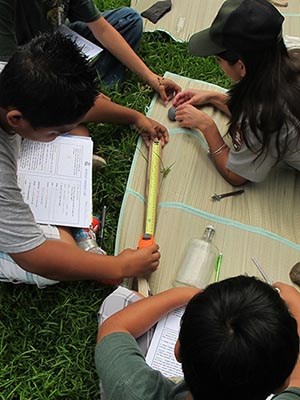Help the National Park Service to preserve and protect archeological resources for generations to come by following a few simple rules. By following these rules, you'll play an important part in archeological stewardship.

Please don't:
- Dig into the ground. You might disturb an archeological site. Excavation on national park lands without an archeological permit is illegal.
- Use your metal detector in national parks, or even bring one with you in the car. Metal detecting and possession of a metal detector are illegal in national parks.
- Take artifacts with you. Removing archeological artifacts from national parks is illegal. Leave artifacts where you see them on the ground or underwater.
- Disturb pictographs or petroglyphs. Carving, painting over, or removing rock images is illegal. Even touching them can be harmful, because the oils in your skin damage the surface.
- Move rocks or uproot trees, which can disturb archeological sites. As a rule of thumb, avoid disturbing the earth.
Please do:
- Let a ranger know if you see a disturbed archeological site. Disturbed archeological sites often look like fresh, small pits dug by a shovel or pick.
- Tell a ranger if you see someone doing something that may harm an archeological site, such as digging into the ground or metal detecting, or using sonar equipment in a lake.
- Act respectfully to places that are sacred or culturally important. Think about how you'd like someone else to act around your ancestors.
- Ask questions, like: Why were people here? What did people do? What was the weather like? What did they eat or drink? Bring any questions you have back to the visitor center.
- Spread the word about what you've learned!
Last updated: February 10, 2025
